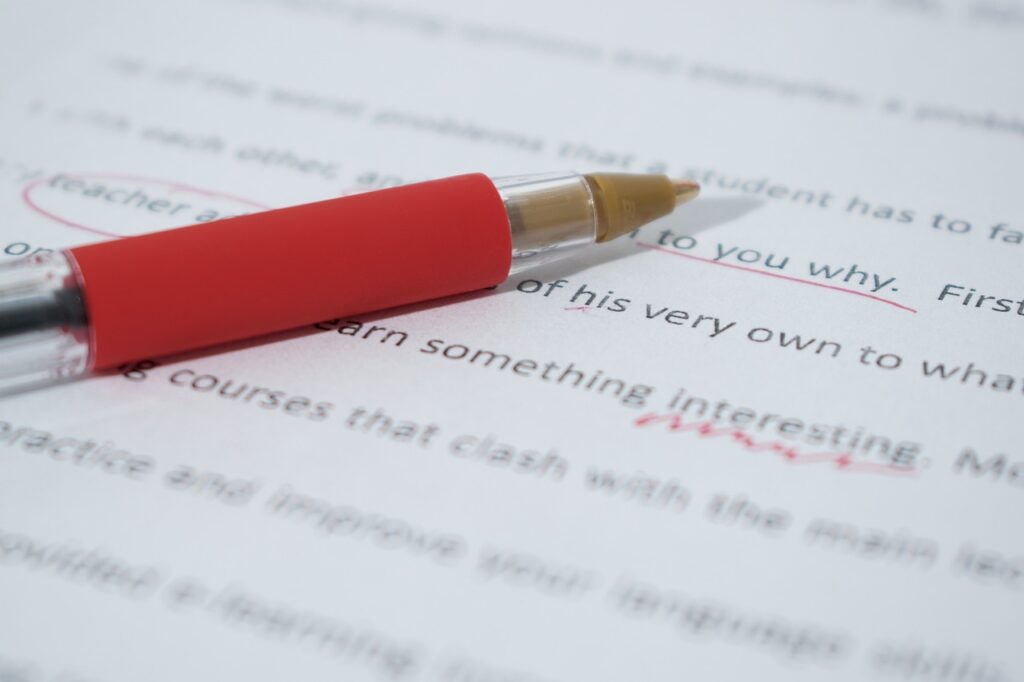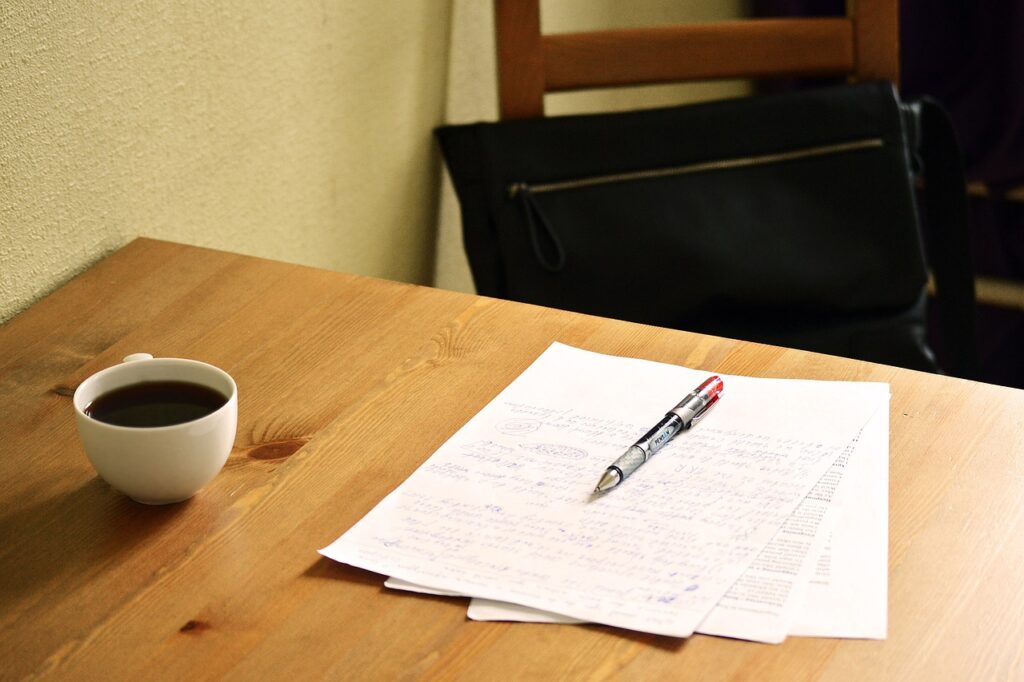Editing and proofreading: What’s the difference?
Whether you’re writing blog posts, marketing copy or press releases, understanding the difference between editing and proofreading can make all the difference.
Both stages are essential to the writing and publishing process, but people often use the words interchangeably. And, while they both require a careful eye and close attention to detail, there are some key differences between them.
What is editing?
Editing refines core elements, like clarity, tone, and sentence structure. It should be the first step in your revision process, and aims to improve the readability and tone of a piece, helping it flow and sound more natural.
Since editing requires more work, it takes longer to complete than proofreading. Editing is also more collaborative, as editors and authors work together to produce clear, concise copy that connects with their intended audience.
What is proofreading?
Proofreading follows editing and catches surface-level issues, such as missing or incorrect punctuation, grammar errors, misspellings, and inconsistencies. Unlike editing, proofreading typically requires little to no collaboration. The text should already be in pretty good shape, so this step doesn’t usually take as long as editing.
How editing and proofreading overlap
Despite their differences, editing and proofreading often overlap, making it easier to blur the line between them. If you are working alone or in a small team, you may find yourself performing both tasks. However, having a clear understanding about what it is you are doing can help the process run more smoothly.
Tips for effective editing and proofreading
- Read your text out loud
Reading aloud can help you catch mistakes such as missing words, typos, grammar errors and awkward sentences. It can also help you get a feel for your copy’s rhythm, tone, and spot sentences that feel rushed or overly slow. If you feel bored while reading your copy, then it’s likely the reader will too. - Read your text from back to front
Read your work from back to front to spot typos and spelling errors. It’s best to do this alongside other proofreading techniques and it can give you a different perspective on your copy. It also enables you to focus on individual words, making it easier to identify mistakes. - Don’t rely on spelling and grammar tools
While spelling and grammar tools can be useful, they shouldn’t be a replacement for careful editing and proofreading. Some of these tools cannot detect the context of your writing and might suggest corrections that are technically correct but inappropriate within the context of your message. These tools also don’t account for your writing style and may suggest changes that change your voice or the message you are trying to get across.
Conclusion: Polish your copy
Understanding the key differences between editing and proofreading is essential for producing clear, professional writing. While editing focuses on clarity, tone and sentence structure, proofreading comes afterwards to catch any remaining mistakes. Giving each step the attention it deserves will ensure that your copy is easy to read, credible and effective in delivering its message.


